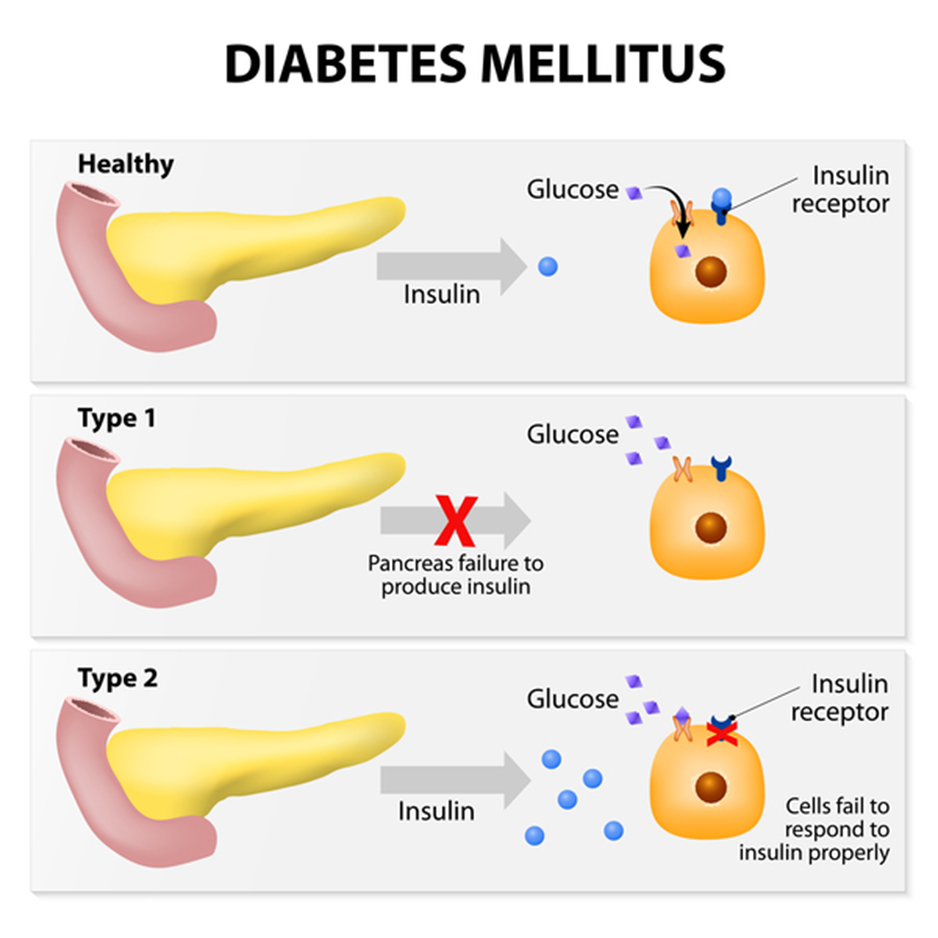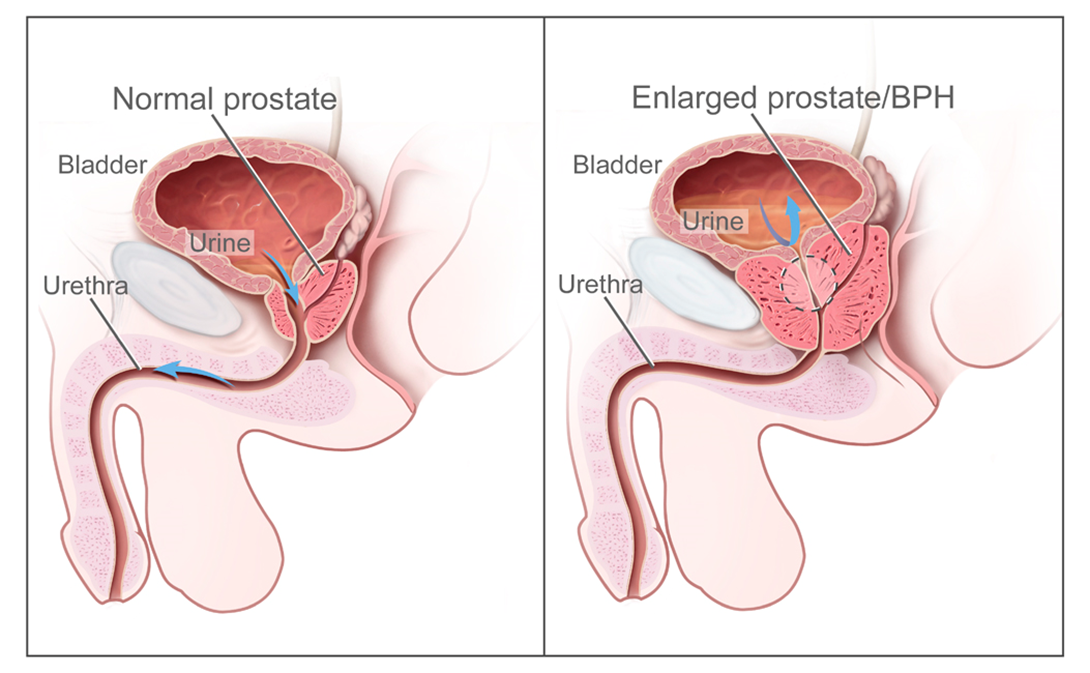A patient who has type 2 diabetes is scheduled for an oral endoscopy and has been NPO (nothing by mouth) since midnight. What is the best action by the nurse regarding the administration of her oral antidiabetic drugs?
Withhold all medications as ordered.
Contact the prescriber to clarify orders.
Administer half the original dose.
Give the medication with a sip of water.
The Correct Answer is B
Choice A reason: This is incorrect because withholding all medications may cause hyperglycemia or ketoacidosis in the patient, especially if they are taking insulin or sulfonylureas. The nurse should consult with the prescriber to adjust the dose or timing of the medications according to the patient's blood glucose level and the duration of the procedure.
Choice B reason: This is correct because contacting the prescriber to clarify orders is the best action by the nurse, as the prescriber can provide specific instructions on how to manage the patient's oral antidiabetic drugs before and after the oral endoscopy. The nurse should also monitor the patient's blood glucose level closely and report any abnormal findings to the prescriber.
Choice C reason: This is incorrect because administering half the original dose may not be appropriate for the patient, as it may cause hypoglycemia or hyperglycemia depending on the type and dose of the medication and the patient's blood glucose level. The nurse should not make any changes to the medication regimen without the prescriber's approval.
Choice D reason: This is incorrect because giving the medication with a sip of water may violate the NPO status of the patient, which is necessary to prevent aspiration or interference with the oral endoscopy. The nurse should not administer any oral medications or fluids to the patient unless the prescriber allows it.
Nursing Test Bank
Naxlex Comprehensive Predictor Exams
Related Questions
Correct Answer is ["A","C"]
Explanation
Choice A reason: Tremors are a common sign of hypoglycemia, which occurs when the blood glucose level drops below 70 mg/dL. Hypoglycemia can cause shakiness, nervousness, and anxiety.
Choice B reason: Polydipsia, or excessive thirst, is not a manifestation of hypoglycemia, but rather of hyperglycemia, which occurs when the blood glucose level is too high. Hyperglycemia can cause dehydration, dry mouth, and increased urination.
Choice C reason: Confusion is another common sign of hypoglycemia, which can affect the brain's function and cognition. Hypoglycemia can cause dizziness, headache, difficulty concentrating, and impaired judgment.

Choice D reason: Polyphagia, or excessive hunger, is also not a manifestation of hypoglycemia, but rather of hyperglycemia. Hyperglycemia can cause the body to break down muscle and fat for energy, resulting in weight loss and increased appetite.
Choice E reason: Polyuria, or excessive urination, is also not a manifestation of hypoglycemia, but rather of hyperglycemia. Hyperglycemia can cause the kidneys to excrete excess glucose in the urine, leading to fluid loss and electrolyte imbalance.
Correct Answer is B
Explanation
Choice A reason: This is incorrect because the patient may not see a response from the medication for at least six months. The patient should continue taking the medication as prescribed and follow up with the provider regularly.
Choice B reason: This is correct because finasteride can cause birth defects in male fetuses if it is absorbed through the skin or ingested by pregnant women. The patient should wear gloves when handling the tablets and avoid contact with crushed or broken tablets.
Choice C reason: This is incorrect because PSA levels will decrease while taking this medication. PSA stands for prostate-specific antigen, which is a marker for prostate cancer. The patient should inform the provider that they are taking finasteride before having a PSA test, as it may affect the results.
Choice D reason: This is incorrect because grapefruit juice does not interact with finasteride. However, the patient should avoid alcohol and other medications that may affect the liver while taking finasteride.

Whether you are a student looking to ace your exams or a practicing nurse seeking to enhance your expertise , our nursing education contents will empower you with the confidence and competence to make a difference in the lives of patients and become a respected leader in the healthcare field.
Visit Naxlex, invest in your future and unlock endless possibilities with our unparalleled nursing education contents today
Report Wrong Answer on the Current Question
Do you disagree with the answer? If yes, what is your expected answer? Explain.
Kindly be descriptive with the issue you are facing.
